A Therapeutic Exploration of Environmental Storytelling and the Psychology of World-Building
You might remember Myst if you’re a millennial. It was that mysterious CD-ROM that came bundled with your family’s first computer, the one that wasn’t quite a game, more like accidentally falling through a digital looking glass. You’d click around these eerily beautiful landscapes, not knowing what you were supposed to do, just marveling at how weird it all was. No instructions, no obvious goals, just you and these impossible spaces. And then you’d get hooked, really hooked, until you had to call your crazy wine aunt Trisha who was really into music theory to help you with the piano puzzle in the rocket ship, and she’d sit there with her glass of Merlot explaining intervals while you furiously scribbled notes.
Years later, you’d remember it as something special. Pure organic storytelling told through world-building and design alone, no exposition dumps, no tutorial levels, just architecture as narrative.
The Premise: When Drawing Makes Worlds Real
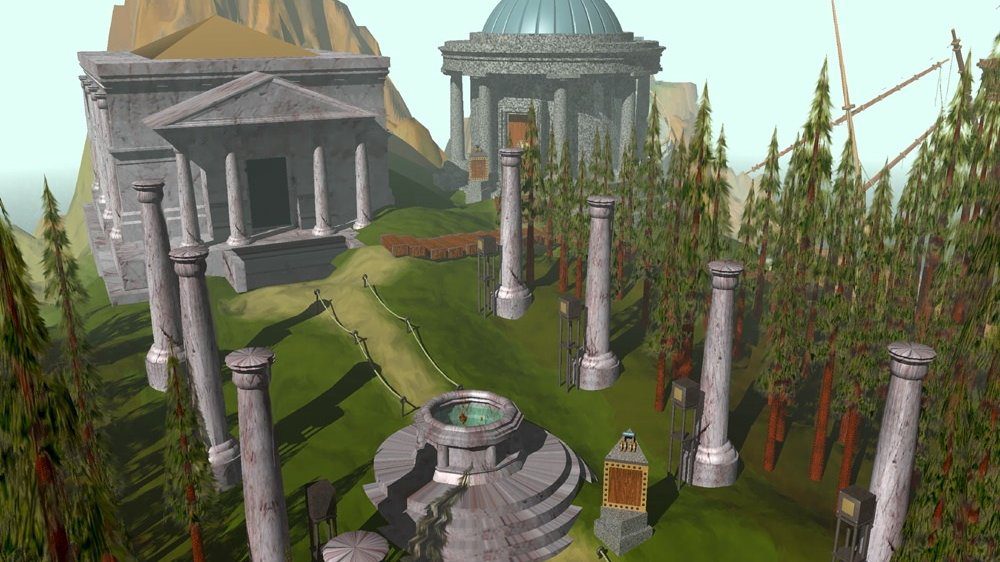
The central conceit of Myst speaks to an ancient human truth, the same one that animated the Egyptian belief that naming something gave you power over it, or the Jewish mystical tradition where God speaks the world into being through language. The D’ni civilization possessed the Art of Writing, the ability to create linking books to other worlds called Ages by describing them in perfect detail. Write a world precisely enough, and it becomes real. Draw it, describe it, architect it into being.
Yes, it’s a metaphor about creation itself, and yes, it was 1993, and two brothers named Rand and Robyn Miller were building this thing in their garage with HyperCard, a borrowed digital camera, and pure obsessive vision. We’ll allow the obviousness of the metaphor because sometimes the obvious truths are the most profound, like Prometheus stealing fire or Pygmalion falling in love with his own creation.
From a psychotherapeutic perspective, this premise speaks to something fundamental about human consciousness. We are world-builders by nature, each of us our own Daedalus constructing elaborate labyrinths within. Every patient who walks into a therapy room carries within them elaborate internal architectures, some beautiful, some terrible, all meaningful. The Myst series literalizes what therapists see every day, that the worlds we construct in our minds have weight, substance, and consequence.
Myst (1993): The Library of Failed Fathers
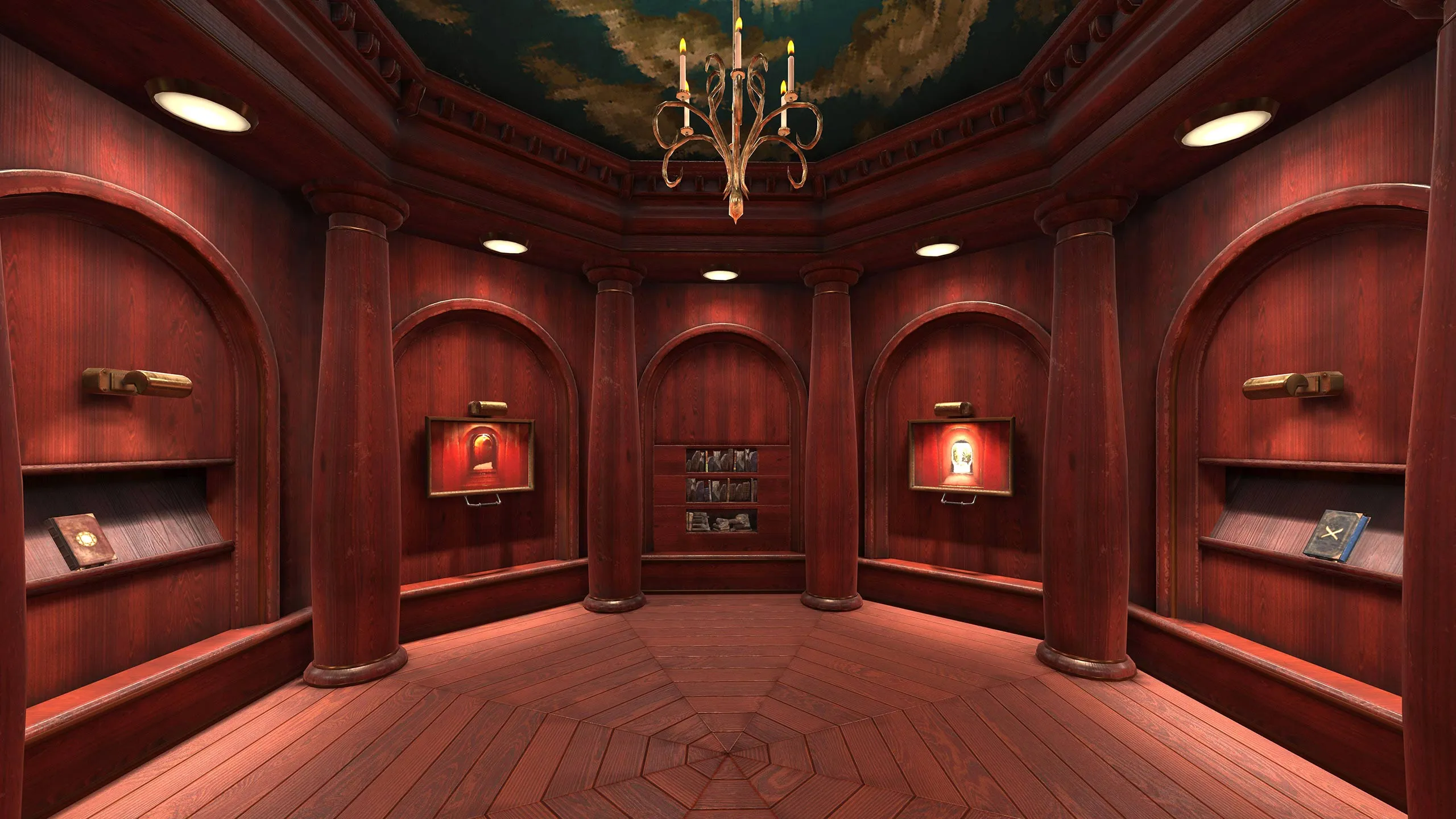
Myst Island: The Garden After the Fall
The opening Age presents itself as deceptively serene, a small island where New England Colonial structures meet the contemplative design of Japanese zen gardens. The dock stretches into fog like Charon’s ferry awaiting passengers, while carefully placed pathways wind through the landscape with the intentionality of a meditation labyrinth. Buildings nestle into the terrain rather than dominating it, following Frank Lloyd Wright’s organic architecture philosophy as if filtered through a Buddhist retreat.
But this is no Eden. Atrus, the creator and failed father figure, built Myst Island as a refuge, a place of study and contemplation that became, like all paradises, a prison. The architecture speaks to controlled perfectionism, everything in its place, every path with its purpose. This is the landscape of someone who believes order can contain chaos, who thinks that if you just arrange the pieces correctly, the center will hold. It’s Prospero’s island from The Tempest, complete with imprisoned spirits and books of power, but here the magician has already lost control of his creation.
Channelwood Age: The Swamp of Denial
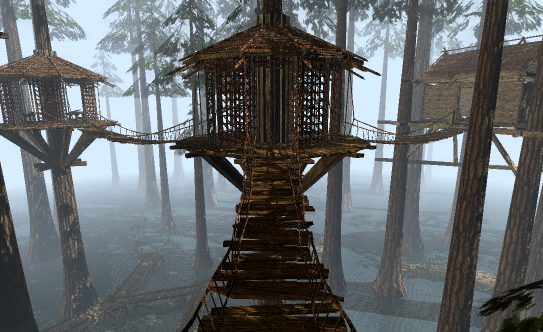
Wooden walkways spiral around massive trees like the world-tree Yggdrasil turned into infrastructure, windmills pump water through organic channels as if the landscape itself breathes. This is architecture as adaptation, structures that embrace rather than resist nature, what happens when Swiss Family Robinson meets the Ewok village, but saturated with melancholy.
Sirrus’s hidden cache of wealth reveals the shadow side of pastoral fantasy, the exploitation hiding beneath rustic charm like the gold Rhine maidens guard in Wagner’s Ring Cycle. The elevated walkways keep inhabitants literally above the swamp, a spatial metaphor for denial and avoidance, for the human tendency to rise above our own murky depths rather than wade through them.
Stoneship Age: The Drowned Cathedral
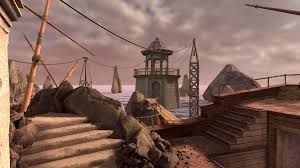
Here we find a half-sunken ship merged with stone, a lighthouse standing as axis mundi between the depths and the heights. This is architectural trauma made manifest, something once mobile now frozen, half-drowned, transformed into monument. The aesthetic draws from 19th-century maritime disasters and German Romantic paintings of ruins, but also from older myths of sunken cities like Atlantis or Ys, places where hubris met its match in the form of engulfing waters.
This Age embodies frozen crisis, the moment Lot’s wife turned to salt, the instant Pompeii was buried. The ship that cannot sail, the lighthouse that barely functions, these are symbols of guidance systems that have failed. Architecturally, it captures that terrible moment when movement becomes stasis, when journey becomes burial, when Odysseus’s voyage home becomes Sisyphus’s eternal repetition.
Mechanical Age: The Fortress of Paranoia
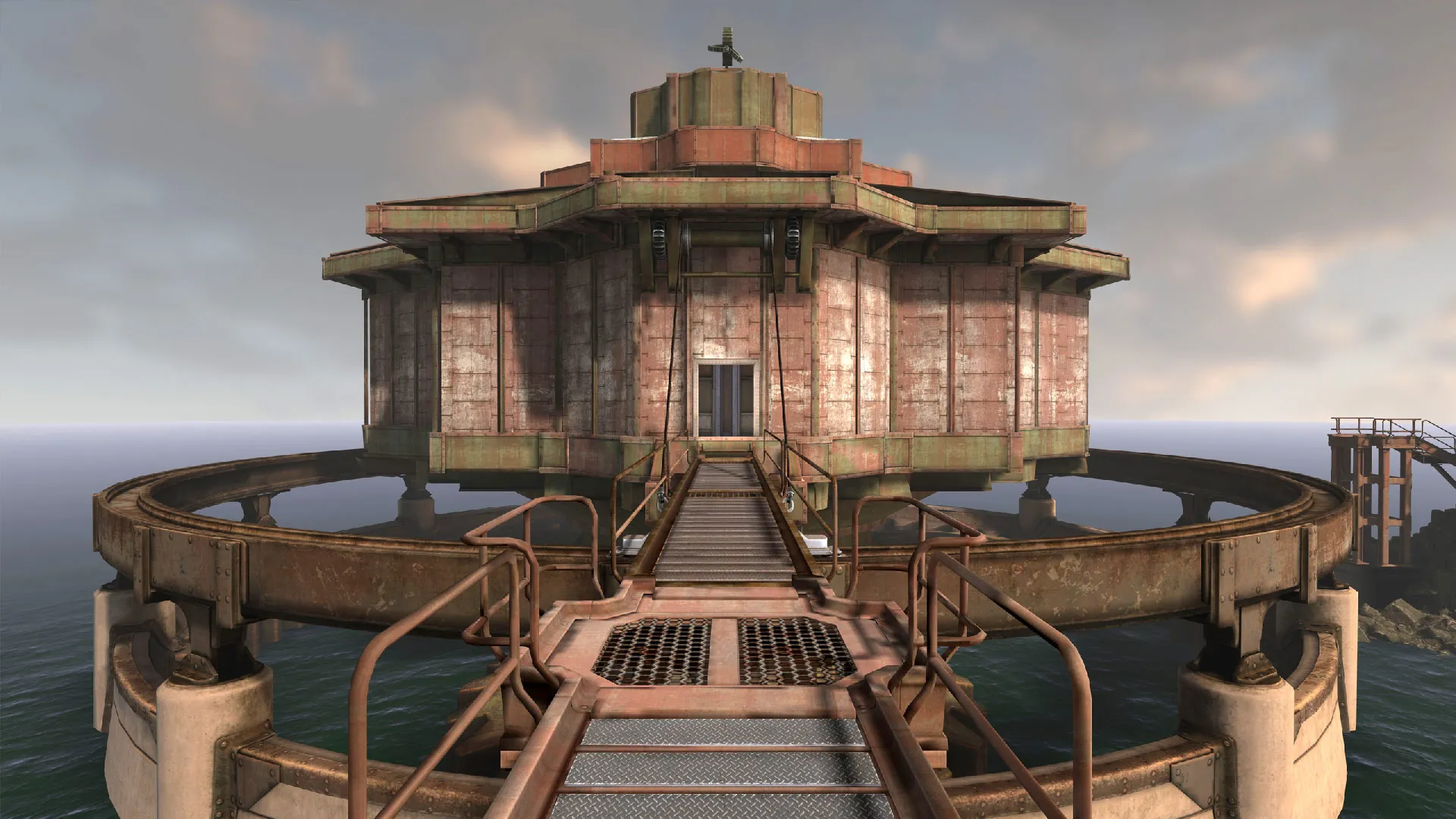
A rotating fortress built entirely on gears, riddled with hidden passages, everything constructed around the principle of controlled revelation and concealment. The aesthetic merges Eastern Orthodox iconography with Jules Verne’s mechanical dreams, creating architecture as paranoid system where every surface could be a door, every wall potentially an enemy.
Achenar’s domain reveals an obsession with control through mechanical means that recalls the myth of Talos, the bronze automaton who guarded Crete. The fortress that rotates to reveal different faces is a built metaphor for psychological defensiveness, the masks we wear, the personas we present. You show only what you choose, when you choose, like Janus looking both forward and backward but never revealing his true face.
Selenitic Age: The Desert of Listening
A rocket ship stands as temple in the desert, underground mazes must be navigated by sound rather than sight. This is 1950s “World of Tomorrow” aesthetic crashed into the wasteland like Icarus falling from his ambitious flight. The architecture channels both Googie’s optimistic futurism and the earth works of Michael Heizer, but twisted into something more ominous.
This Age demands navigation by senses other than the obvious ones, like Tiresias gaining prophetic sight through blindness. The symbolic weight presses down: sometimes we must close our eyes to see, must enter the cave of echoes to hear the truth. It’s the Oracle at Delphi relocated to a lunar landscape, where wisdom comes not through vapors but through careful listening to the vibrations of the world itself.
Riven (1997): The Architecture of Collapse
Riven explodes the confined puzzle-box of Myst into a full world, five islands that were once one, now held together by increasingly desperate infrastructure like a marriage in its final stages. The architecture mixes Southeast Asian temple complexes with Victorian industrial machinery and Venetian canal systems, everything breaking down, everything in decay.
Gehn, the antagonist and Atrus’s father, built Riven as an act of pure hubris, attempting to recreate D’ni civilization from memory and ego like a cargo cult constructing bamboo airplanes. The architecture reflects narcissistic grandiosity crumbling into paranoid fragmentation. Those massive daggers he calls “survey pins” driven into the earth are violent assertions of control over a world that refuses to be controlled, like Xerxes whipping the sea for destroying his bridge.
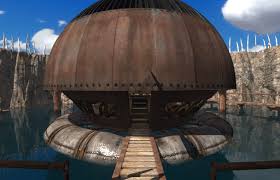
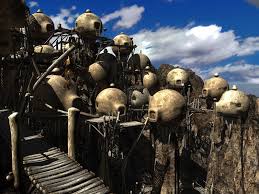
The golden domes attempt Byzantine glory but achieve only megalomaniac kitsch, the architectural equivalent of Ozymandias’s shattered visage in the sand. Meanwhile, the native Rivenese build with available materials, creating organic structures that contrast with Gehn’s imposed geometric order. This is Leon Krier’s New Urbanism in reverse: instead of human-scale traditional architecture creating community, we see imposed classical forms creating oppression, the Hausmannization of Paris as tool of social control rather than urban beauty.
Myst III: Exile (2001): The Garden of Justified Rage
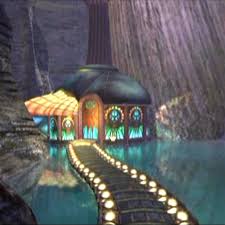
J’nanin: The Perverted Academy
Three massive tusks containing portal chambers surround gardens with precise mathematical relationships, the Alhambra meeting a theology textbook, architecture as teaching tool. But Atrus designed this as education while Saavedro transformed it into a trap, creating a psychology of perverted pedagogy where teaching becomes punishment, where the Socratic method becomes enhanced interrogation.
Amateria: The Deterministic Machine
Massive mechanical puzzles set in a Japanese aesthetic landscape create what happens when you ask M.C. Escher to design a meditation garden. The hexagonal towers and circular mechanisms create a landscape of pure logical flow, but under Saavedro’s influence, this Age of dynamic forces becomes about inevitable consequences, architectural determinism as revenge fantasy. It’s the Fates’ loom turned into a Rube Goldberg machine, where every action has already been calculated, every choice an illusion.
Edanna: Nature as Weapon
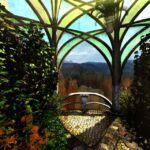 A massive tree containing entire ecosystems presents itself as Gaudí’s Sagrada Familia if it were actually alive. The architecture here isn’t built but grown, spaces formed by organic process rather than design. Yet the perversion of a living system into a trap speaks to how trauma can transform even organic growth into weapon, how the Garden of Eden can become the Vietnam jungle, filled with hidden dangers and poisonous beauty.
A massive tree containing entire ecosystems presents itself as Gaudí’s Sagrada Familia if it were actually alive. The architecture here isn’t built but grown, spaces formed by organic process rather than design. Yet the perversion of a living system into a trap speaks to how trauma can transform even organic growth into weapon, how the Garden of Eden can become the Vietnam jungle, filled with hidden dangers and poisonous beauty.
Voltaic: The Lightning Prison
Massive electromagnetic structures of copper and steel crackle with barely contained energy, Soviet constructivism electrified, El Lissitzky with actual lightning. The transformation of pure energy into prison reflects how anger, justified or not, can become its own cage, how Zeus’s thunderbolts can turn into the chains that bind Prometheus.
Myst IV: Revelation (2004): The Childhood Rooms of Monsters
Haven: Paradise as Arrested Development
Two brothers imprisoned in paradise, their childhood playground become their jail. The architecture mixes Southeast Asian tropical design with improvised fortress elements, tree houses that became bunkers. This is the architecture of arrested development, of Peter Pan’s Lost Boys grown old but not up. Sirrus and Achenar, trapped in eternal adolescence, have built spaces that reflect their stunted growth, Sirrus with his laboratory of cruel experiments like Dr. Moreau’s island, Achenar with his shamanic dream chambers like Kurtz’s compound in Heart of Darkness.
Spire: The Crystal Tower of Isolation
Vertical crystal structures and impossible geometries create architecture as pure mathematical form, what happens when you build with light itself. Sirrus’s final prison is pure abstraction, the ultimate disconnection from organic reality, architecture as autism in its original meaning of self-absorption, as complete withdrawal into systematic perfection. It’s Babel built not toward God but away from humanity, a tower that isolates rather than unites.
Dream: The Anti-Architecture of Memory
Not architecture but anti-architecture, spaces that follow dream logic rather than physical laws. This is The Cabinet of Dr. Caligari meets Dalí’s paintings come to life, where stairs lead nowhere and doors open onto themselves. Achenar’s redemption comes through confronting his own psychological architecture directly, making the spaces of memory and nightmare navigable like Dante’s journey through his own internal inferno.
Uru: Ages Beyond Myst (2003): The Archaeology of Lost Civilization
The D’ni cavern and its Ages represent architecture as archaeological layer, civilizations built upon civilizations like Troy upon Troy. The massive underground city draws from Derinkuyu in Turkey, the Pueblo cliff dwellings, and Le Corbusier’s brutalist churches, creating spaces that are simultaneously ancient and futuristic.
This is about collective unconscious made literal, the buried civilization that still shapes the present. Jung would have recognized immediately these spaces as the architecture of the psyche itself, where personal history layers upon cultural memory layers upon species instinct. The cavern is the cave of Plato’s allegory, but here the shadows on the wall are the only reality we have left.
Myst V: End of Ages (2005): The Architecture of Letting Go
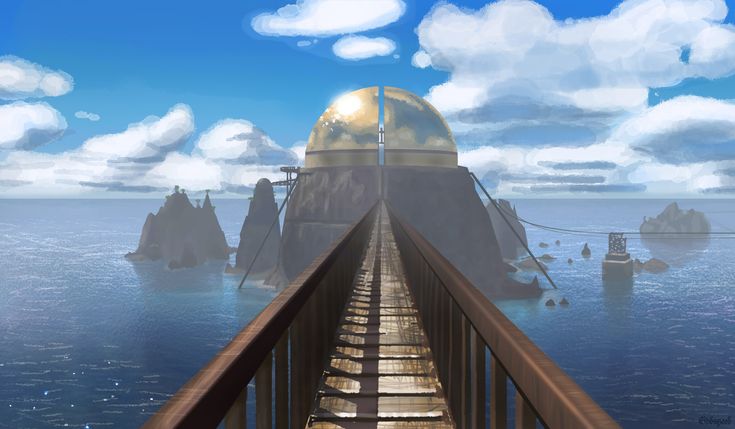
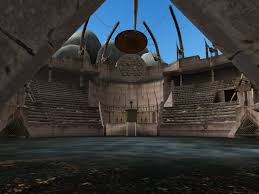
K’veer: The Prison Becomes Portal
Gehn’s prison becomes the stage for final revelations. The architecture here is about observation and containment, spaces designed to see but not be seen, the Panopticon as spiritual journey rather than social control.
Tahgira: Ice at the Edge of Being
Ice structures and thermal vents create architecture at the edge of habitability, what happens when you ask Scandinavian minimalists to build at the Arctic circle. The final Ages are about release, architectural spaces that teach the necessity of letting go of control, of accepting that some things cannot be Written, only witnessed.
The Blade Runner Connection: World as Character
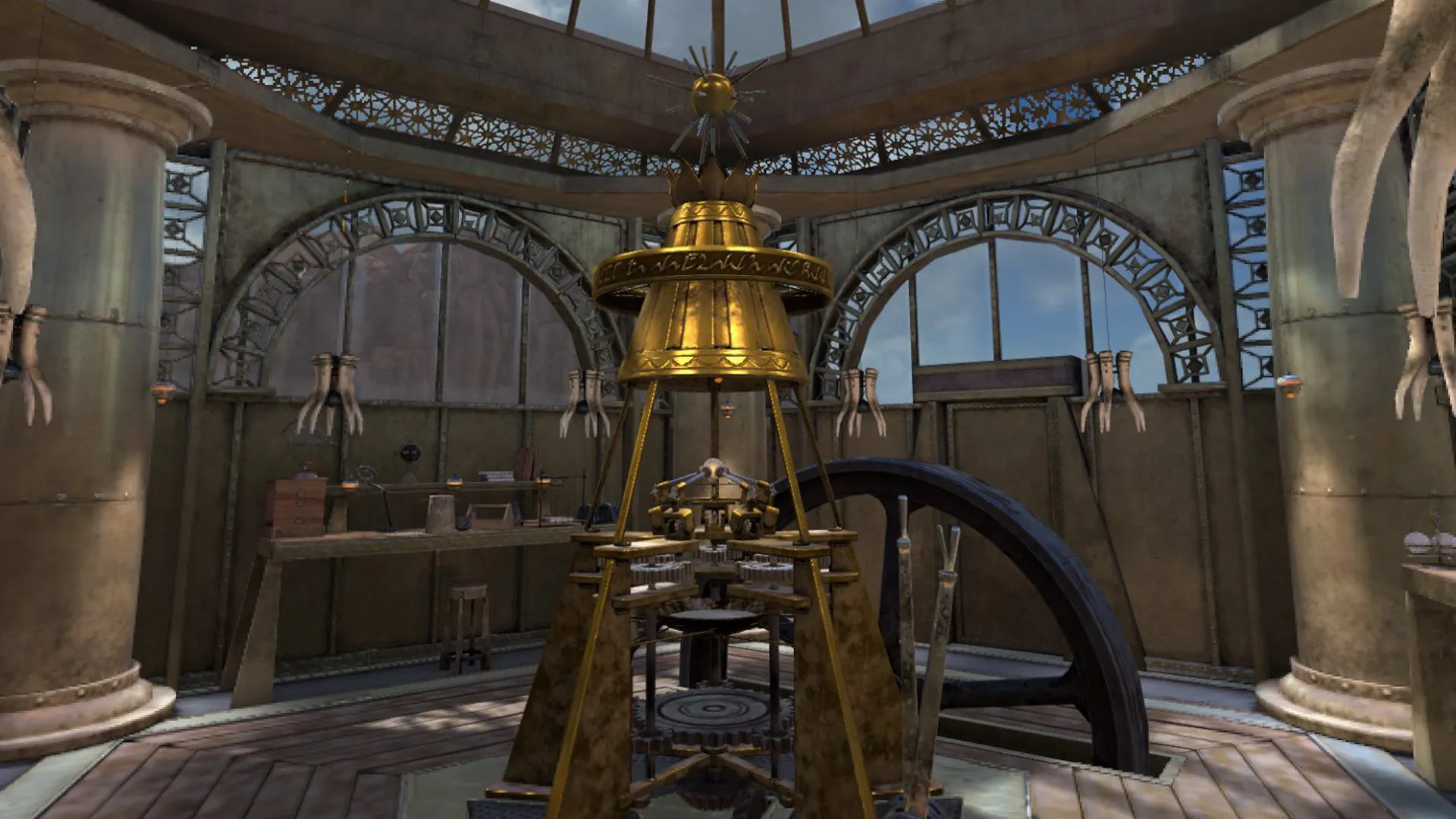
Like Blade Runner, Myst understands that environment can carry more narrative weight than dialogue. Both works present worlds where the architecture tells you everything you need to know about the psychology of their inhabitants. The rain-soaked neon of Los Angeles 2019 and the impossible geometries of Myst’s Ages both speak to the same truth that we build our worlds in our own psychological image.
In Blade Runner, the Tyrell Corporation pyramid tells us about power and hubris before anyone speaks, a modern Tower of Babel where the replicants are the confused languages. In Myst, Gehn’s massive daggers pinning Riven together tell us about desperate control before we know the story, Canute commanding the tides but with industrial machinery. Both works understand that architecture is psychology made manifest, that our buildings are our dreams and nightmares given form.
The D&D Connection: World-Building as Primary Narrative
Like Dungeons & Dragons, Myst makes the world itself a character you must understand and negotiate with, where the Dungeon Master’s carefully crafted settings become authored Ages with their own internal logics and histories. Both understand that exploration and discovery can be more powerful than exposition, that the map can tell a story as rich as any chronicle.
The therapeutic parallel runs deep. In therapy, we explore the worlds patients have built inside themselves, understanding that these internal architectures must be mapped before they can be transformed. We are all both Dungeon Masters and players in our own psychological campaigns, creating challenges we must then solve, building labyrinths we must then navigate.
The Therapeutic Architecture of Digital Worlds
The Myst series presents architecture not as backdrop but as language, a vocabulary of spaces that speak in stone and light and impossible geometries. These are spaces that embody psychological states, worlds that literalize internal landscapes. From the controlled perfectionism of Myst Island to the fragmenting islands of Riven, from the trapped rage of Exile to the buried collective unconscious of Uru, these games understand what therapists know in their bones: we are all architects of internal worlds, and these worlds have rules, structures, and meanings that can be explored, understood, and sometimes, carefully, rewritten.
The Miller brothers, working in their garage with primitive tools and infinite imagination, created something that transcends its technical limitations because it speaks to something fundamental about human consciousness. They understood what the builders of Chartres Cathedral understood, what the designers of Zen gardens understood, that space itself can be therapeutic, that architecture can heal or harm, that the worlds we build shape the people we become.
Every age in Myst is a therapeutic hour made manifest, a space where internal architecture becomes external, where psychological states become navigable territories. The player becomes both analyst and analysand, exploring these impossible spaces while simultaneously exploring themselves. The puzzles are not obstacles but opportunities for insight, each solution a small revelation about how minds work, how worlds connect, how meaning emerges from pattern.
And perhaps that’s why we remember it so vividly, why that weird CD-ROM game stays with us like a half-remembered dream. Because in exploring those impossible spaces, we were really exploring ourselves, our own capacity for creation and destruction, for beauty and horror, for connection and isolation. The architecture of Myst teaches us that worlds, like minds, can be entered, explored, understood, and sometimes, with great care and attention, healed. In the end, we are all Writing our own Ages, and the question is not whether they will be perfect, but whether they will be whole.

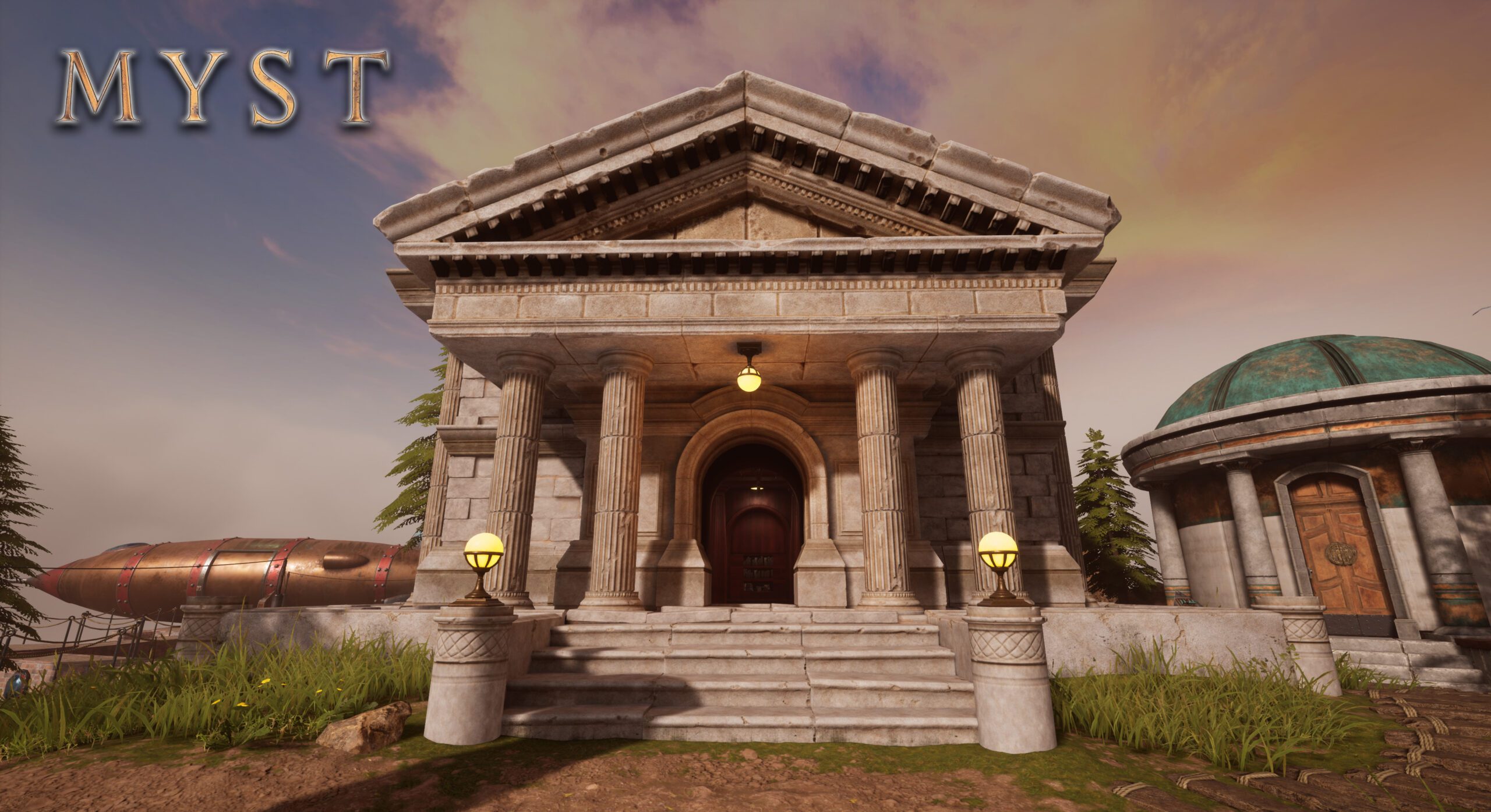
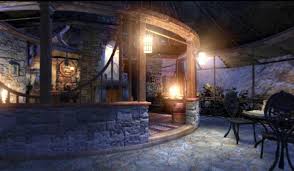
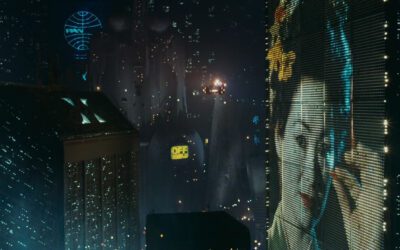








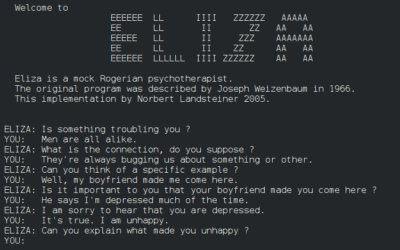





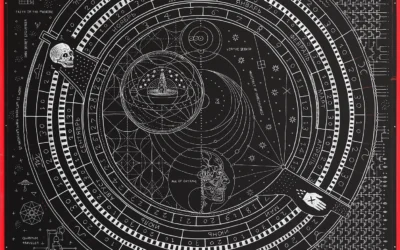









0 Comments